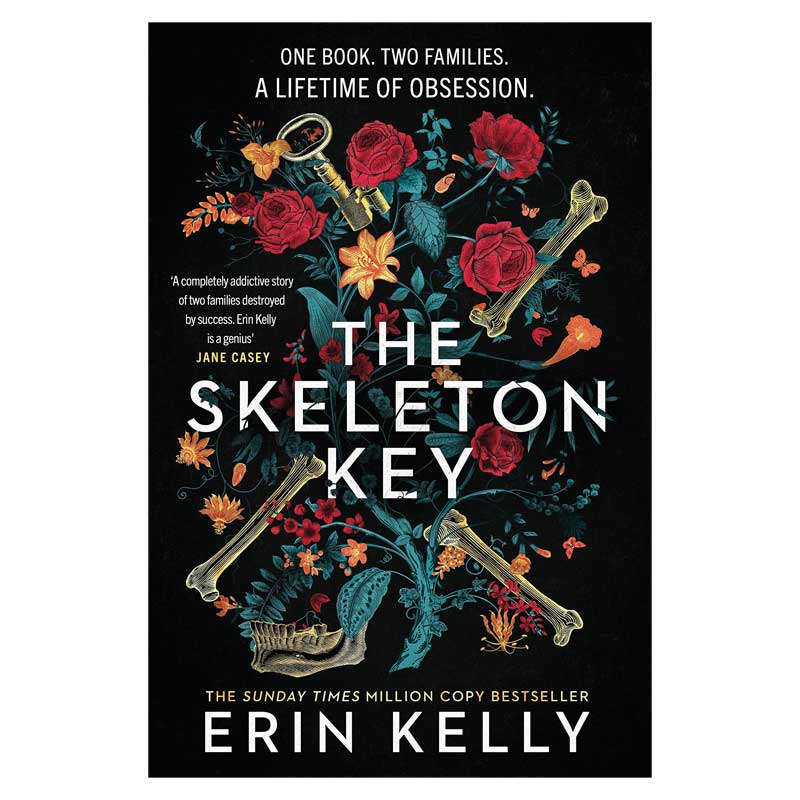Contemporary art’s status as an asset since the 2008 global crisis
Horizon Line
Art and money
The art market is an intriguing and generally misunderstood area of the economy. It’s a market-place masquerading as a culturally enriching phenomenon; a collection of businesses selling a product with a market performance impossible to predict and a ‘value’ or practical application that doesn’t exist.
Attending Frieze, or any global art fair that marks the highlight of the contemporary art market’s calendar, the uninitiated attendee would be forgiven for thinking they’re not at a commercial event. There are no prices displayed and all the audible chatter is about the art itself. There’s a pretence that these art fairs – and the same goes for commercial gallery exhibitions – are about something more than buying, that somehow it cheapens the product to talk openly about the value of a work.
Art is, and has always been, a well corrupted product. The art market’s reluctance to foreground its commerciality has the dual purpose of enforcing the idea that first the market has a higher purpose – namely the altruistic promotion of artists – and second, it makes it very difficult for any one person to know what is going on with the market: there is no central and accessible database for any pricing information or gallery performance. The only pricing information available is from auction results, and even here the auction houses will edit their websites to omit certain sensitive results and also sometimes won’t include highly important data surrounding third party guarantees for a consigned work.
What makes up the art market?
Recently, however, despite the economics of the art world becoming ever more obscured there are a number of annual reports that cut through the mystery. Findings here are taken from some of the widely read reports, including the joint annual Art Basel + UBS Global Art Market Report, the bi-annual Artnet Intelligence report as well as the covid-relevant Hiscox Online Art Trade report.
There are a few essential facts that emerge: the art market was valued at $68 billion pre-covid. In perspective that’s slightly less than the pet-food industry. Growth year-on-year has been around 9%, and the three largest markets are the U.S., the U.K. and China, which together account for almost 85% of total sales by value, with the U.S. taking almost half of that share. The vast majority of these sales come from two places: art galleries and auction houses, and from these categories a handful of businesses are responsible for much of the market. The two leading auction houses, Sotheby’s and Christie’s, have an effective duopoly of the auction market and account for over half of auction sales. Other major players are Phillips and Beijing Poly, which has grown exceptionally quickly over the last decade due to the new collector class emanating from China.
In terms of galleries, the categorisation of “super-gallery” has recently come into circulation to describe the class of galleries with huge outposts in every continent and who represent the most valuable contemporary artists. These include, among others, Hauser and Wirth, Gagosian, David Zwirner, Galerie Thaddeus Ropac, White Cube, Pace Gallery and Galerie Perrotin. Around 40% of gallery sales come from art fairs, and so these are very important occasions each season. Some of the more important ones are Frieze, Art Basel, Tefaf, Maastricht, The Armory and FIAC.
And finally, and the reason the whole art-market ecosystem exists: the collectors. There are a couple of hundred very important collectors, most of whom have various affiliations with the broader art-world, either through the public exhibition of their collections, positions on museum boards or general cultural initiatives. A few of these collectors’ decisions control the overall temperature of the market. To name just a few: Eli Broad, Peter Brandt, Bernard Arnault, Francois Pinault and the Nahmad and Niarchos families.
Regulation
The art-market is the least regulated market in the world. There is a lot of speculation as to how much of its success comes from money laundering, and if in fact the recent bubble from 2008 is a product of the increased financial regulations in many other areas whilst the art market has remained much as it has always been. Legislation in the U.S. and the U.K. was introduced at the beginning of this year that aims to crack down on perceived money laundering. It will be interesting to see how this plays out beyond the current period of grace.

(KAWS, The Kaws Album, 2005, acrylic on canvas, 101 x 101 cm)
Do the prices make sense?
Much of the fanfare surrounding the public perception of the contemporary art market and the reason people have an opinion of it are the seemingly ludicrous amounts of money individuals spend on works of art. The esoteric and unconventional nature of much of this art combined with its price tag often piques people’s interests about the art market. The explosion in value in contemporary art means that many works by artists who are not yet household names are worth in the tens of millions of dollars. One example is the American artist KAWS (Brian Donnelly) whose auction record is $15m for a cartoonish painting inspired by the Simpsons (pictured). Very few people outside the art market are familiar with KAWS but his paintings are suddenly worth more than many revered old masters – somehow a Rubens of a comparable size commands a similar auction market to KAWS’ record. Jeff Koons is by now a familiar symbol of contemporary art’s supposed excess and he holds the record for the most valuable work by a living artist, Rabbit, which climbed to almost $92m at Christie’s New York in 2018 before the gavel came down.
Contemporary art’s status as an asset class has been steadily cemented following the 2008 global financial crisis and the increased demand for alternative assets that ensued. The increased professionalism of the industry itself can be seen in the appointment of savvy finance teams in all the major galleries and auction houses, as well as the rise of the “art advisor”. The advisor role varies but they are the rough equivalents of a personal fund manager for major collectors and they have become a staple of the industry.
Can I make money from art?
The rapid growth in certain artists’ markets leads many to question whether they could participate in this gold rush of brushstrokes and whether the only thing standing in between them and early retirement is a few flipped canvases. One emerging figure in particular who has turned many heads is the young African American artist Tschabalala Self (pictured). Her work was selling for $10,000 – $20,000 in 2015 – 2016, and less than 3 years later at Christie’s her auction record had climbed to almost $500,000 – marking a return of 3000% for the seller of one piece. This is evidently exceptional, but still a fairly widespread phenomenon. The issue for any new buyers is not actually which artists to buy as it is not hard to find an abundance of young and mid-career artists whose markets are rocketing, but actually a lack of access into this intricately controlled market that also offers a very limited product. A phenomenon that is now standard practice at galleries with in-demand artists is that a new client must purchase not only the work they want but a selection of other works from the gallery to prove their broader commitment to collecting and the gallery. This allows galleries to control access to their markets by not selling to individuals who are simply there to ‘flip’ (trade) paintings as soon as they have considerably appreciated in value.


(Tschabalala Self, Leotard, 2019. Fabric, painted canvas acrylic on canvas, 243 x 213 cm )
Where to now?
UBS and Art Basel recently released a report detailing the impact of Covid-19 on galleries, confirming the huge shrinking of the market and the weighty disruption caused by cancelled fairs and being unable to open for a number of months. The 2020 Hiscox Online Art Trade report demonstrated the possibility of a digital future for the art market, but showed that online activity only accounted for 7% of total sales until this year, meaning much more needs to happen in a very archaic industry for this to become a reality. The market’s sustainability has been questioned for a while, and this may well prove to be its day of reckoning.


Max Lunn is journalist based in London






